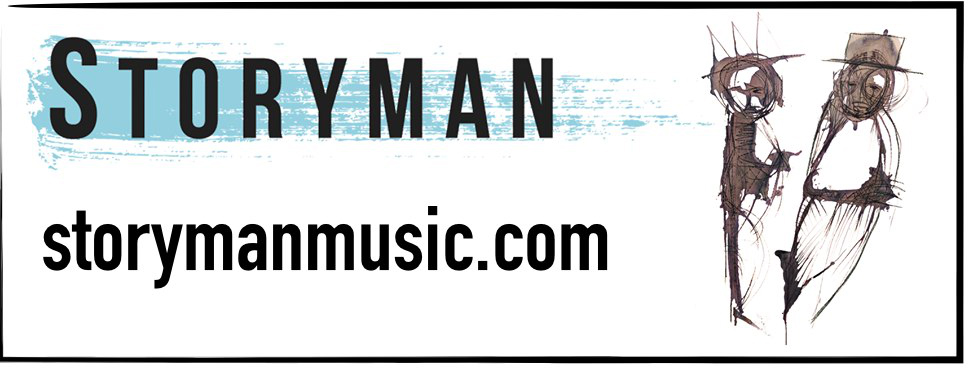SciWorks Radio is a production of 88.5 WFDD and SciWorks, the Science Center and Environmental Park of Forsyth County, located in Winston-Salem.
The Paris Agreement on climate change was negotiated by almost 200 countries in 2015 and put into effect in late 2016. It aims to prevent global average temperatures from rising 2 degrees Celsius above pre-industrial levels in order to greatly reduce the risks and impacts of climate change, increase our ability to adapt to inevitable impacts, and financially steer us toward low greenhouse gas technology and climate resistant development.
While this is a phenomenal step in the right direction, there is concern about the speed in which we need to make these giant leaps in order to meet that goal.

What we'd like to say in our study is that the agreement to achieve a target is not really sufficient to achieve the target. And what we argue is that the spreading of green technologies and renewable energy must quicken significantly in the next years if we want to achieve these targets.
Dr. Gabriele Manoli, a former postdoctoral associate at Duke University's Nicholas School of the Environment, led the study seeking to better understand the pace needed to meet the Paris Agreement goals.
The world is complicated. So, for example, it's not enough to dabble in the technology, but the technology has to be used and the innovation has to spread into other countries. If you have a technology today, or a political or a technical decision is made today, the effect will not affect the emissions tomorrow, but they will probably affect emissions in a year or 10 years or 50 years because it takes time for the decision to be adopted. It takes time for the technology to spread, for the infrastructures to be be built, and so on.
The principle of Uniformitarianism, which states, “The present is the key to the past,” is a useful concept for a geologist. It also comes in quite handy in this environmental study. Only, in this case, the past is the key to the future.
We like to quantify these delays by looking at what happened in the past. So, basically we look back at the second industrial revolution when the emissions started to increase and population started to increase. This is basically the reason for the increase in the emissions, the increase in atmospheric CO2 and temperature.
Since the second industrial revolution, per capita CO2 emissions increased more or less every 60 years by more than 100 percent. So, basically this means that, every 60 years, CO2 emissions per capita was increasing in jumps. And why jumps? Well, everything started in the UK, and then it spread to Europe, then it spread to the US, and then it took time before carbon-emitting technologies were spreading also to India, China, and so on.
How does understanding these cyclical jumps help us understand our challenges going forward?
What we did is to try to study the coupled system of human global population, which is growing, together with the dynamic of innovation spreading globally. And we have coupled these processes with the climate, in a very simple way, but a way that allowed us to try to put everything together and see how the system is likely to evolve in the future.
Using a mathematical model, Dr. Manoli and his team determined that a global, tenfold increase in the use of green technologies is needed to meet Paris Agreement goals.
So the same process will happen in the future, but now we need to spread things much more quickly. So, if it was every 60 years in the past, we need to do it every 6 or 10 years, if we want to stay below this target that we set at the Paris Agreement.
The more we understand history, the better we are at parsing the future. We know that about world and American history, but it's also true for climate history.
We are not willing to change our lifestyle. We have heating and cooling in our houses, and we cannot stop it, you know, tomorrow.
We try to give an order of magnitude and say that, you know, we cannot delay by 50 years. We need to take action soon. And probably still we will not be able to meet the target, but that's at least what we can say at the moment by what we have and what we are showing.
---
This Time Round, the theme music for SciWorks Radio, appears as a generous contribution by the band Storyman and courtesy of UFOmusic.com.

300x250 Ad
300x250 Ad
